Attendance management plays a vital role in providing efficiency to organizations that want to operate efficiently and seamlessly. Traditionally, attendance was recorded manually, which was vulnerable to errors. But the advancement in technology has given rise to the age of attendance management systems.
How are attendance management systems helping schools?
Attendance management ensures students arrive on time, track their attendance, take necessary breaks, follow holiday plans, and handle absence cases appropriately. Effective management helps institutes work smoothly, minimize unexpected absenteeism, and streamline planning processes.
Attendance Management System is a must-have in any business. But Why?
As educational institutes grow, the complexities of handling and managing students grow. jiSchoolERP offers a state-of-the-art Attendance Management System that helps schools track and monitor students' activities efficiently. These systems have become crucial for institutes that seek to improve efficiency, reduce costs, and enhance workforce productivity.
Let us now discuss why attendance management systems are critical for modern institutes.
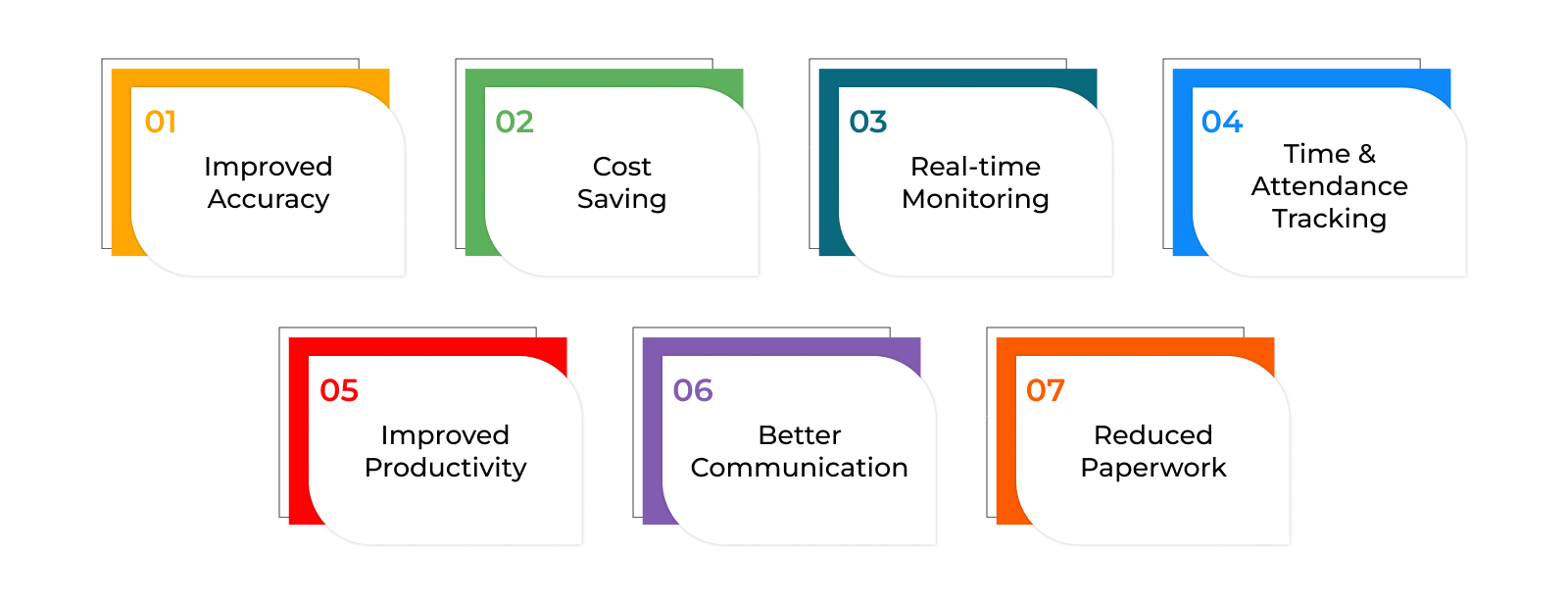
- Improved Accuracy: Manual attendance tracking can be prone to errors due to human error or inconsistencies in data entry. On the other hand, attendance management systems use advanced technology such as facial recognition, QR code scanning, or biometric devices, which significantly minimize mistakes. This results in more accurate recordkeeping and better analysis of attendance patterns.
- Cost Savings: By automating attendance tracking, organizations can save time and resources associated with manual processing. With AMS, school administration quickly reviews daily attendance records and spots discrepancies. It reduces the need for follow-up phone calls or emails. Additionally, paperless reporting reduces printing and storage costs while streamlining communication between employees and supervisors.
- Real-time Monitoring: Modern attendance management systems enable real-time monitoring of attendance. This system allows teachers to stay up-to-date about their whereabouts at any given moment. It ensures quick identification of unauthorized absences from school and helps them ensure timely investigation of student absenteeism. Real-time monitoring coordinates schedules during emergencies like public health issues, etc. So, maintaining smooth operations despite unexpected events.
- Time and Attendance Tracking: Accurate tracking of students' activities is essential to maintain performance. An effective attendance management system fosters positive relations and reduces disputes.
- Improved productivity: AMS can identify patterns of absenteeism and address them before they become a problem by keeping track of who is present and absent from school. It can lead to improved productivity by minimizing disruptions caused by frequent absences.
- Better communication: With an AMS, students, and employees can easily communicate about attendance issues through alerts and reminders. Teachers and students can quickly request time off and receive real-time approval or denial. It reduces the school administration's frustration and improves coordination within teams.
- Reduced paperwork: Traditionally, attendance tracking involves manual data entry and administrative tasks, which can take up valuable time and resources. AMS streamlines processes saves staff hours, and gives management enough time to focus on other crucial issues.
How to Choose an Attendance Management System?
School administrators must balance various factors when selecting an attendance management system for students. While there are numerous options available online, determining the most suitable for your institution requires careful consideration.
However, here are some steps you can follow to make the selection process and find the perfect fit for your needs.
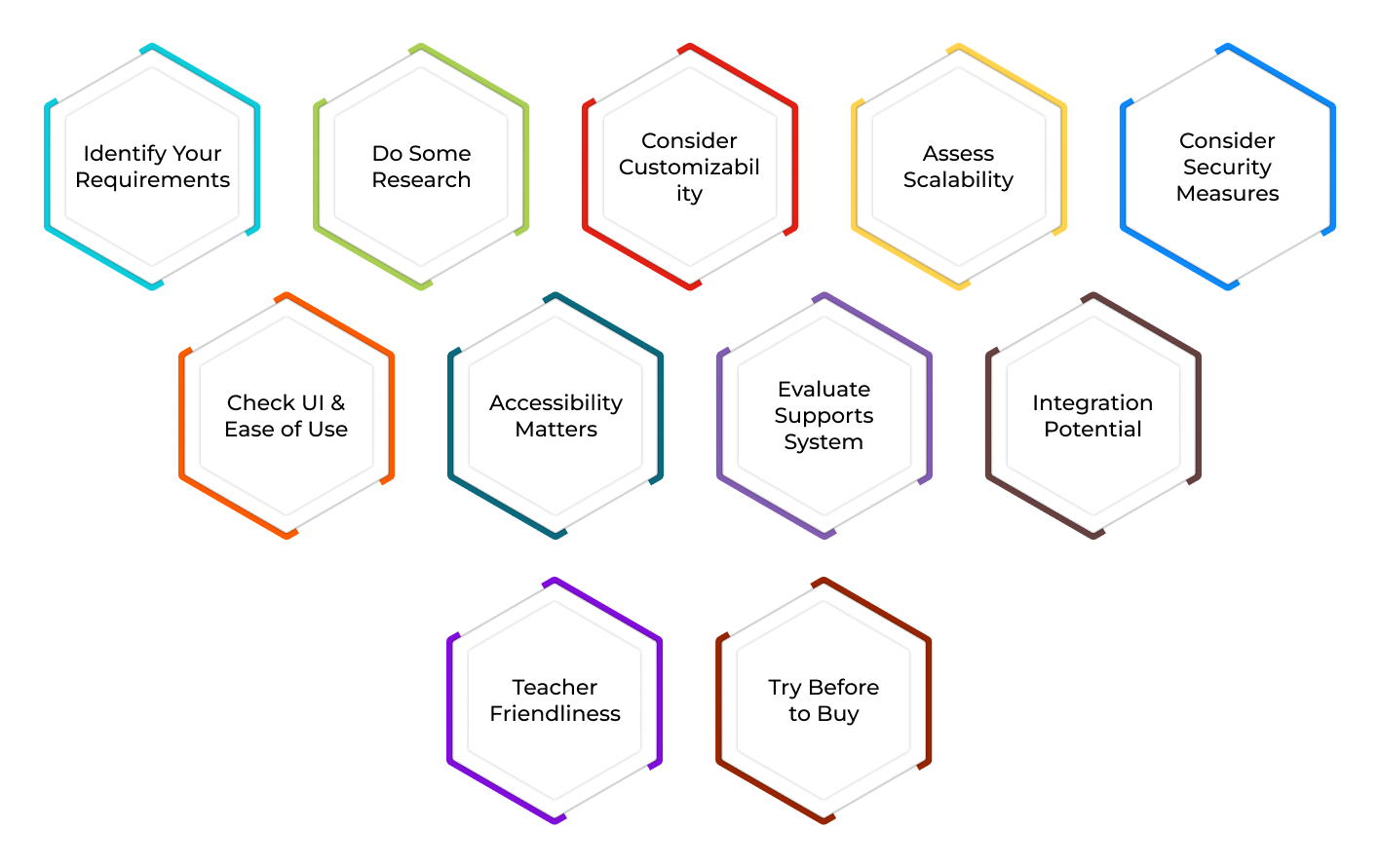
- Identify Your Requirements: First, determine your needs and gather feedback from teachers, parents, and students. What features do you want to incorporate, such as scheduling, grading, parental engagement, etc? Determine how often you need to collect attendance records, whether you require features such as GPS tracking or biometric scanning, and any other specific reporting needs you may have.
- Do Some Research: Once you know what you are looking for, start researching potential AMS providers. Check their websites, read reviews, and compare pricing plans. You should also reach out directly to vendors to ask questions and request demos of their products.
- Consider Customizability: Have an attendance management system that is flexible enough to meet your evolving needs and unique circumstances. Look for customizable settings and integrations with existing tools used in your school community.
- Assess Scalability: As enrollment grows over time, scalability becomes crucial. Consider future growth plans and select a school system capable of adapting to changes in student numbers, new grade levels, and expanding classrooms.
- Consider Security Measures: Ensure that the AMS provider takes security seriously and has appropriate measures in place. Security measures may include encryption, password protection, two-factor authentication, and regular backups. Student privacy laws demand strict safety protocols, and AMS helps institutes protect sensitive data. Your selected system must have robust data protection against breaches, hacks, and cyber threats.
- Check User Interface and Ease Of Use: Make sure that the interface of the AMS is intuitive and user-friendly. Ensure to choose a system that would be easy for the teachers and students to adopt and use every day without additional training or support.
- Accessibility Matters: Select an attendance management system accessible across devices and platforms. It ensures seamless usage regardless of location. Remote access options facilitate smooth communication between teachers, administrators, parents, and students.
- Evaluate Support Services: Do not underestimate the value of good customer service. Look into their customer support offerings, response times, availability, and the overall quality of assistance they provide when choosing an AMS provider.
- Integration Potential: Look for systems that can integrate with third-party applications. It includes calendar tools, academic portals, email services, payment gateways, transportation solutions, and more. Smooth integration promotes workflow efficiency and eliminates double entries or errors.
- Teacher Friendliness: Encourage teacher adoption by designating simple interfaces, easy navigation, quick attendance marking, and instant reports. Streamlined operations allow teachers to manage multiple classes efficiently without any confusion.
- Try Before You Buy: Ensure to try the AMS before making a long-term commitment. Many providers offer trial periods so that customers can test drive the platform and see if it meets expectations before making a decision. Take advantage of this opportunity to evaluate performance and confirm that everything works well in practice.
Types of Attendance Management Systems
Effective attendance management is critical for many businesses and educational institutions. It ensures punctuality, reduces absenteeism and maintains discipline. Attendance management serves as an essential factor in calculating performance evaluations.
Various types of attendance management systems can help you make informed decisions about the needs of your institutes. By recognizing how each version functions, users can identify the advantages, disadvantages, and compatibility required in their institutes.

Manual System: A manual system involves recording daily attendance using paper or printed forms. This method lacks technical complexity and requires less investment. It enables easy adaptation and is employed by small institutions or companies. Here is a detailed explanation of its components:
- Attendance Registers: Manual attendance management system lies a written record book. Each entry usually includes columns for names, arrival times, departure times, and breaks taken by students and teachers. The register may be structured to reflect weekly, biweekly, or monthly formats.
- Verbal Roll Call Procedures: Teachers take roll calls before beginning lectures or discussions. It helps them to keep track of the students present. They announce names one by one and expect responses from those who are present. In cases where students are unaccounted for, inquiries are made to investigate reasons for absence. This traditional approach works well for smaller groups of individuals who know each other personally.
- Dispatch of Hard Copies: In this type of attendance system, the physical copies of attendance reports are forwarded to head offices or counting departments for centralized processing.
Timesheets: A timesheet-based attendance management system for schools helps teachers capture, organize, and analyze information related to students' education journeys. Timesheets help teachers focus on documenting when students begin and complete learning activities throughout the school day. These activities include various subjects, lessons, group discussions, research projects, and homework assignments.
Using timesheet-based attendance management, school administration acquires crucial details necessary for optimizing instructional planning, adapting teaching styles, and addressing potential learning barriers.
As modern schools shift toward learner-centered models, teachers must gather precise attendance data on students’ involvement. Here are a few reasons why schools employ timesheet-guided attendance tracking systems:
- Enhanced Student Engagement Monitoring: Monitoring student accurately help teachers to improve course content delivery. Instructors can adjust their teaching techniques, encourage interactive sessions, and motivate students. It helps in developing a dynamic learning environment tailored to every individual's needs, promoting higher levels of engagement.
- Promotes Collaboration Among Students and Teachers: Timesheet-oriented attendance management ensures seamless communication between teachers and upper management regarding attendance issues. The system ensures that all relevant parties remain informed about each student's participation status.
- Facilitates Better Understanding of Required Support: In cases where students can not attend classes due to unexpected circumstances like health challenges, or family problems, timesheet data provides valuable insight into these situations. School administration becomes aware of students' difficulties beyond academia.
- Enhances Home–School Communication: For students’ success, open communication between parents and teachers plays a vital role. Timesheets streamline informative exchanges, encouraging parental involvement by providing reliable attendance data. Using timesheets parents can now communicate effectively with teachers. It helps teachers and parents to work together to identify concerns, celebrate achievements, and address emerging issues.
- Online Attendance Software: An online attendance software application is a cloud-based system that enables schools to manage student presence electronically via web portals. The online platform connects users through secure login credentials and allows authorized individuals to access attendance records. The online solution integrates with existing school databases and ensures seamless synchronization between different applications used within the institution.
Overall, online attendance software simplifies record maintenance and reduces human errors. It offers significant advantages compared to manual attendance systems. With online attendance software, tracking student attendance becomes automated. It integrates online attendance software with your school's database and updates attendance records in real-time.
Time Cards: A time card is a tool that helps record the exact arrival and departure times of students, teachers, full-time staff, and others. These cards play a significant role in helping schools maintain accurate attendance and payroll records, manage employee work schedules, optimize labor costs, increase efficiency, and comply with legal requirements.
- Paperless Tracking: Using time cards instead of manual pen-and-paper methods helps reduce errors associated with handwriting, lost slips, or incomplete entries. Electronic timecards allow employees to clock in and out electronically through biometric recognition, proximity cards, QR codes, smartphones, tablets, or computers.
- Real-Time Monitoring: Most attendance management systems enable real-time monitoring of employee attendance; provide immediate visibility into who is currently on campus.
- Automated Calculations: With an attendance management system featuring integrated time cards, calculating employee hours worked, overtime, absences, tardiness, and early departures becomes effortless.
- Reduced Payroll Errors: Electronic time cards eliminate mathematical mistakes while calculating hours manually. Accurate recording and automatic calculation of total hours save valuable time and minimize payroll issues, potentially avoiding costly errors and disputes.
Conclusion:
Implementing an efficient attendance management system can benefit your schools in many ways. This system leads to increased productivity, better communication, reduced costs, improved compliance, and reduced paperwork.
If you are looking for the best and most trustworthy attendance management system, jiSchoolERP is here for you.
jiSchoolERP is an AI-powered school management software that offers the best attendance management features. With its robust features, it has helped schools globally to streamline their operations. Contact us today to learn more.

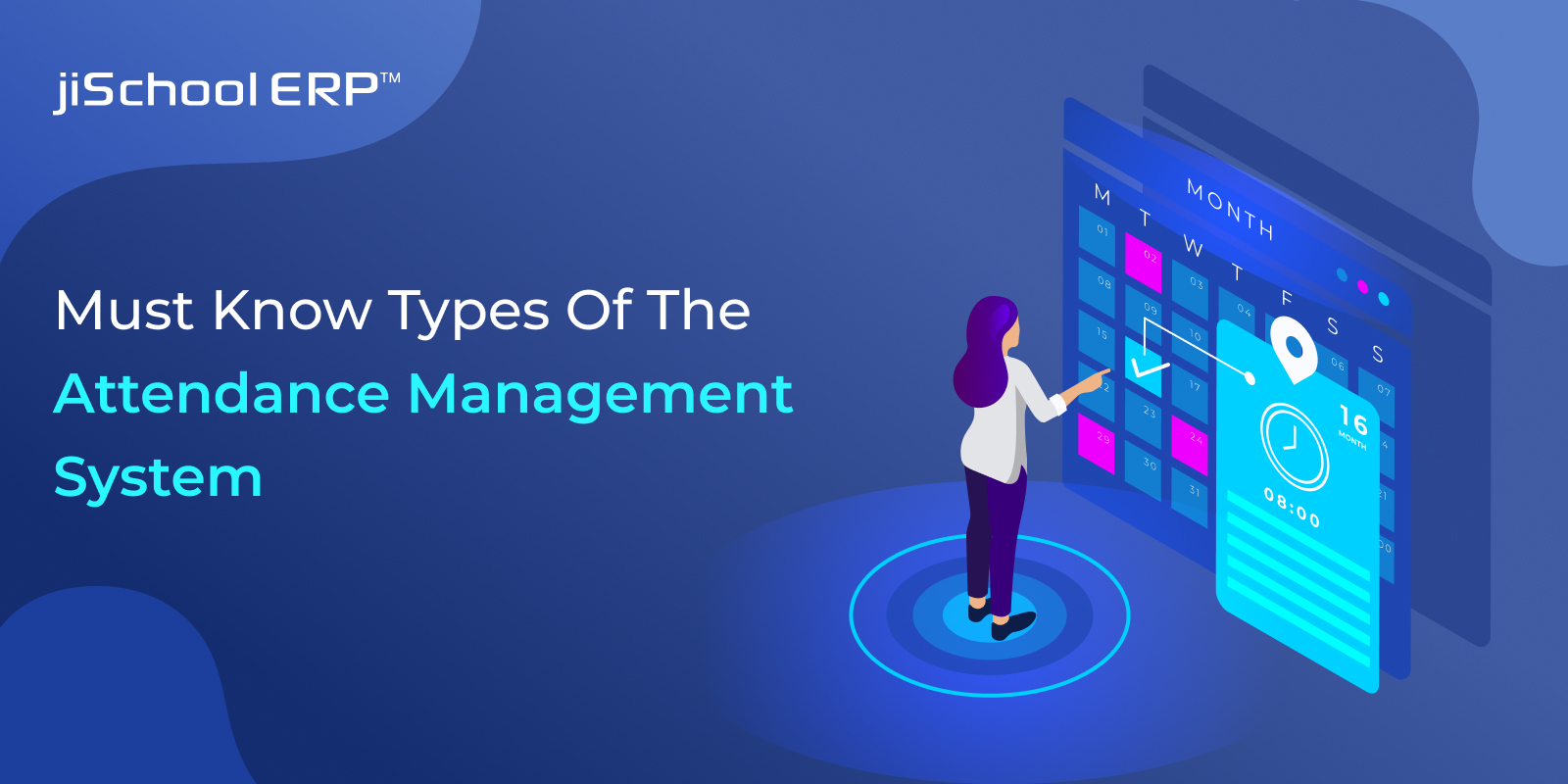




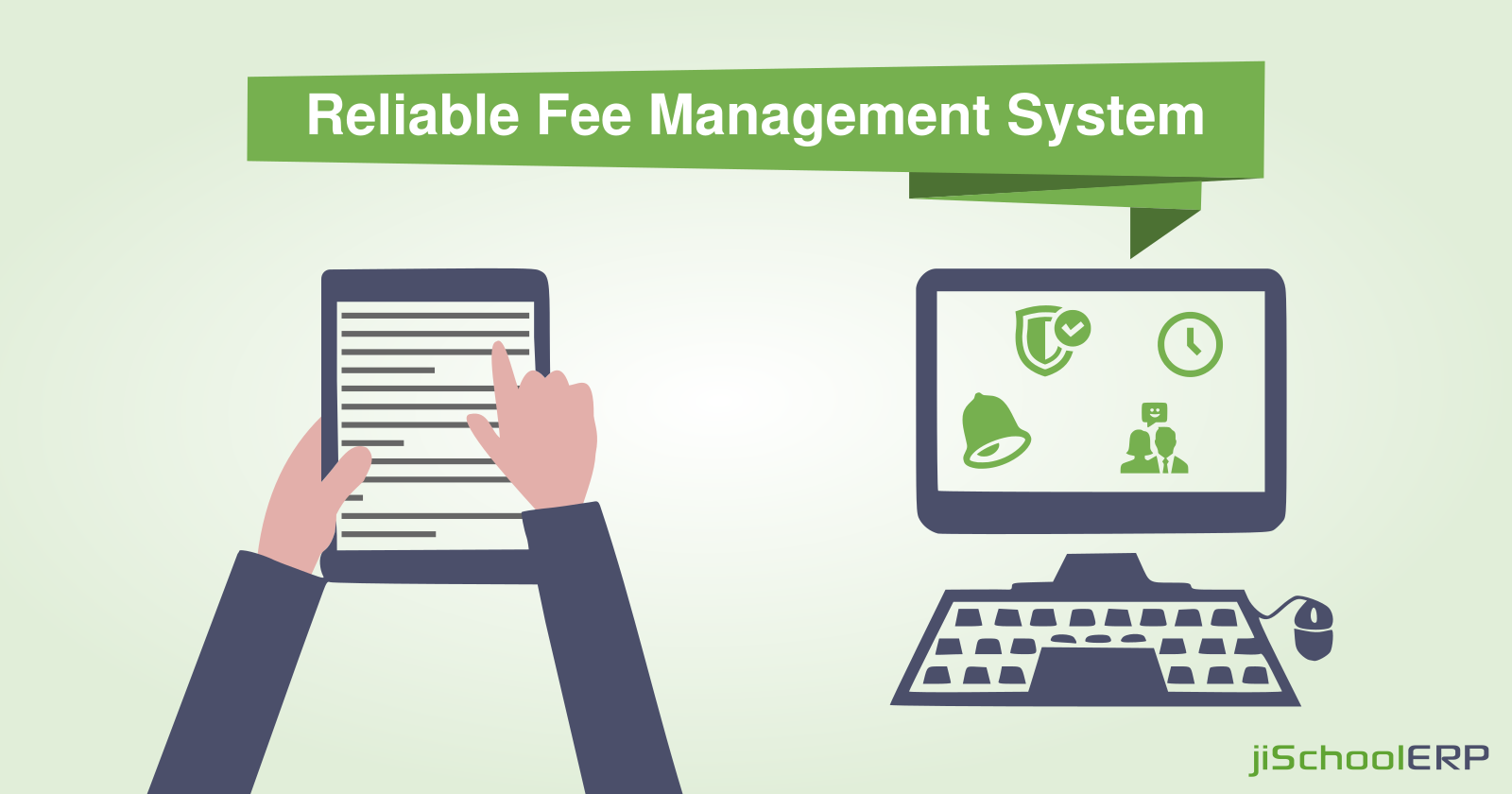
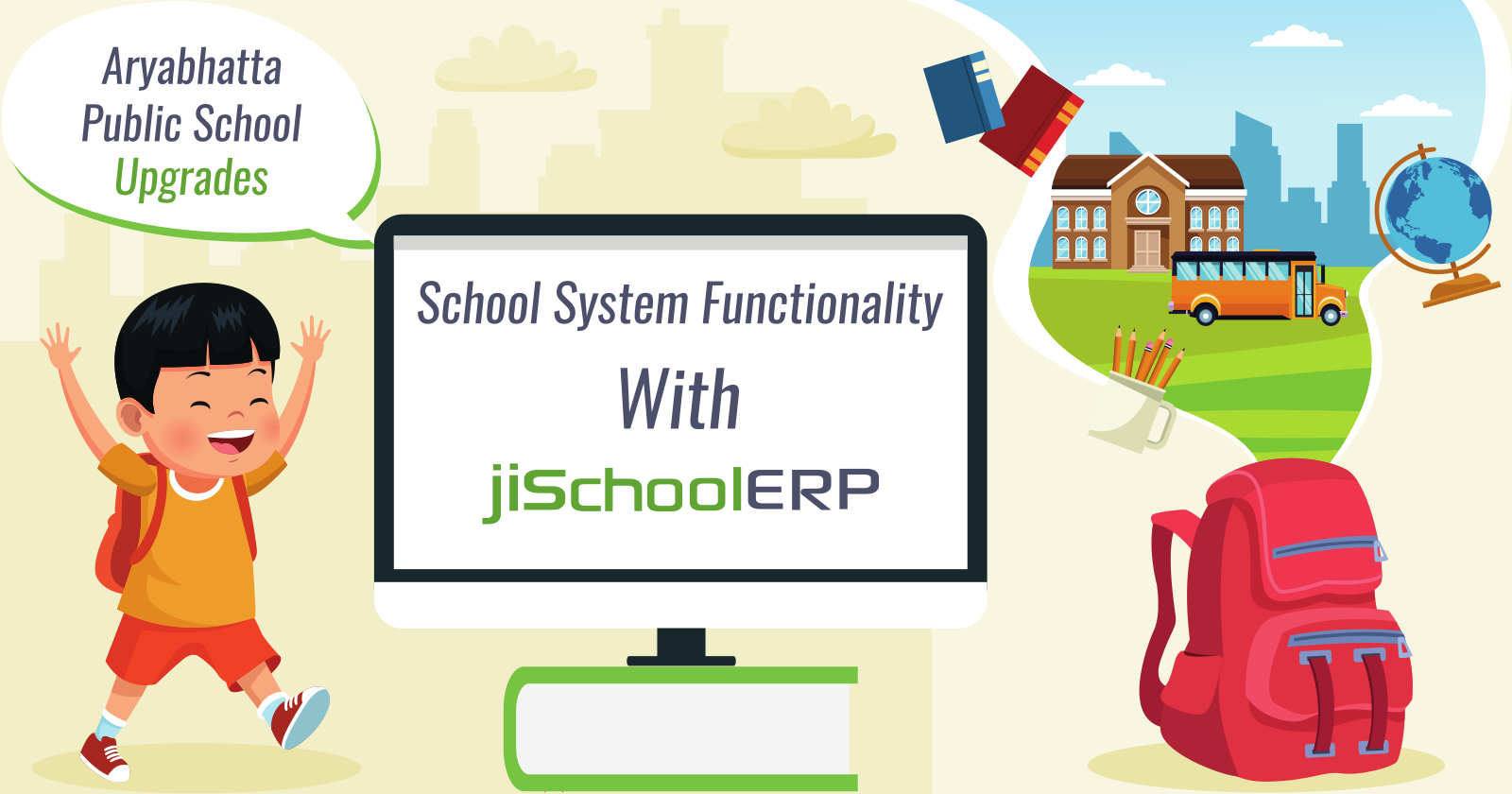






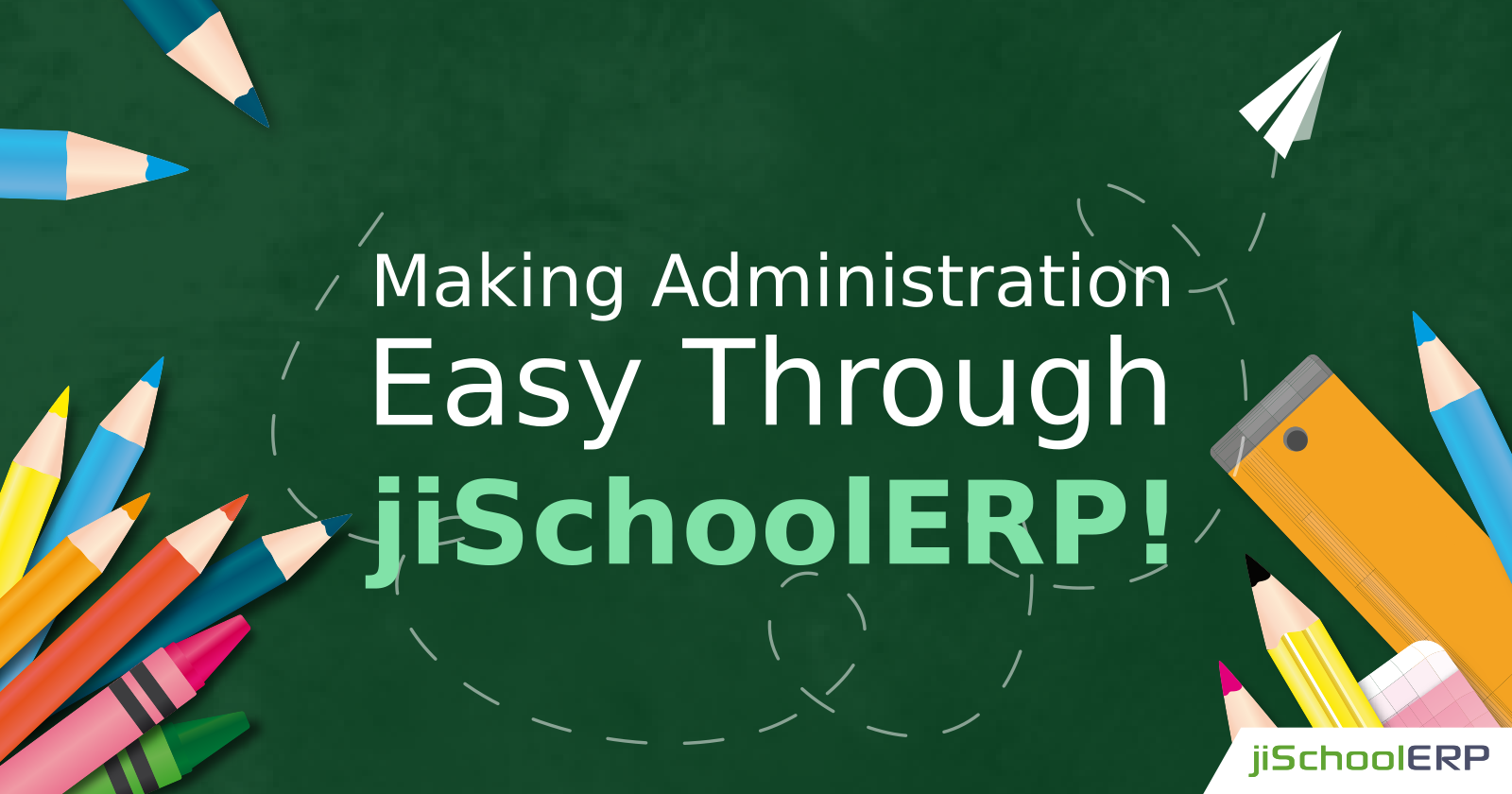

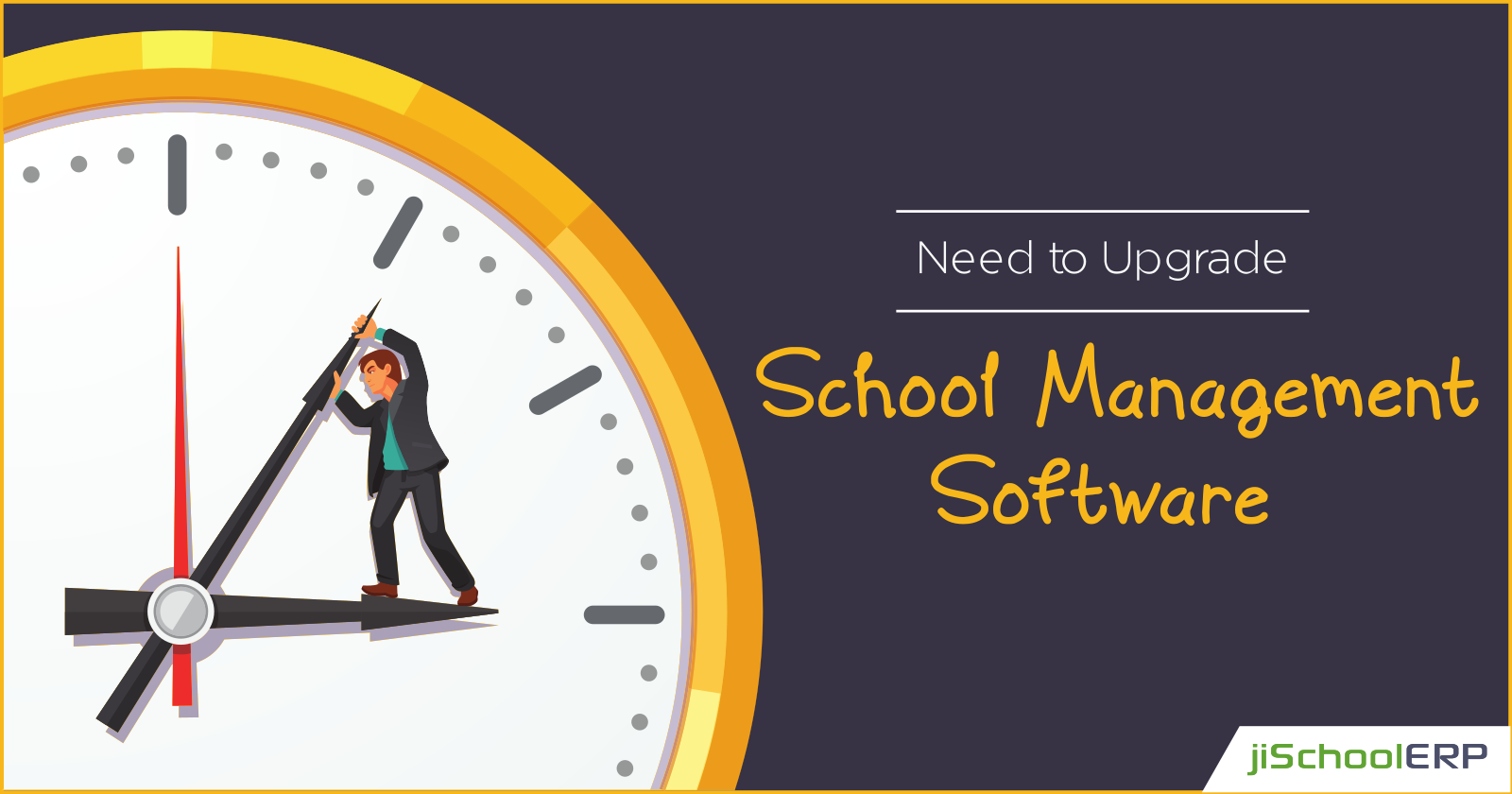
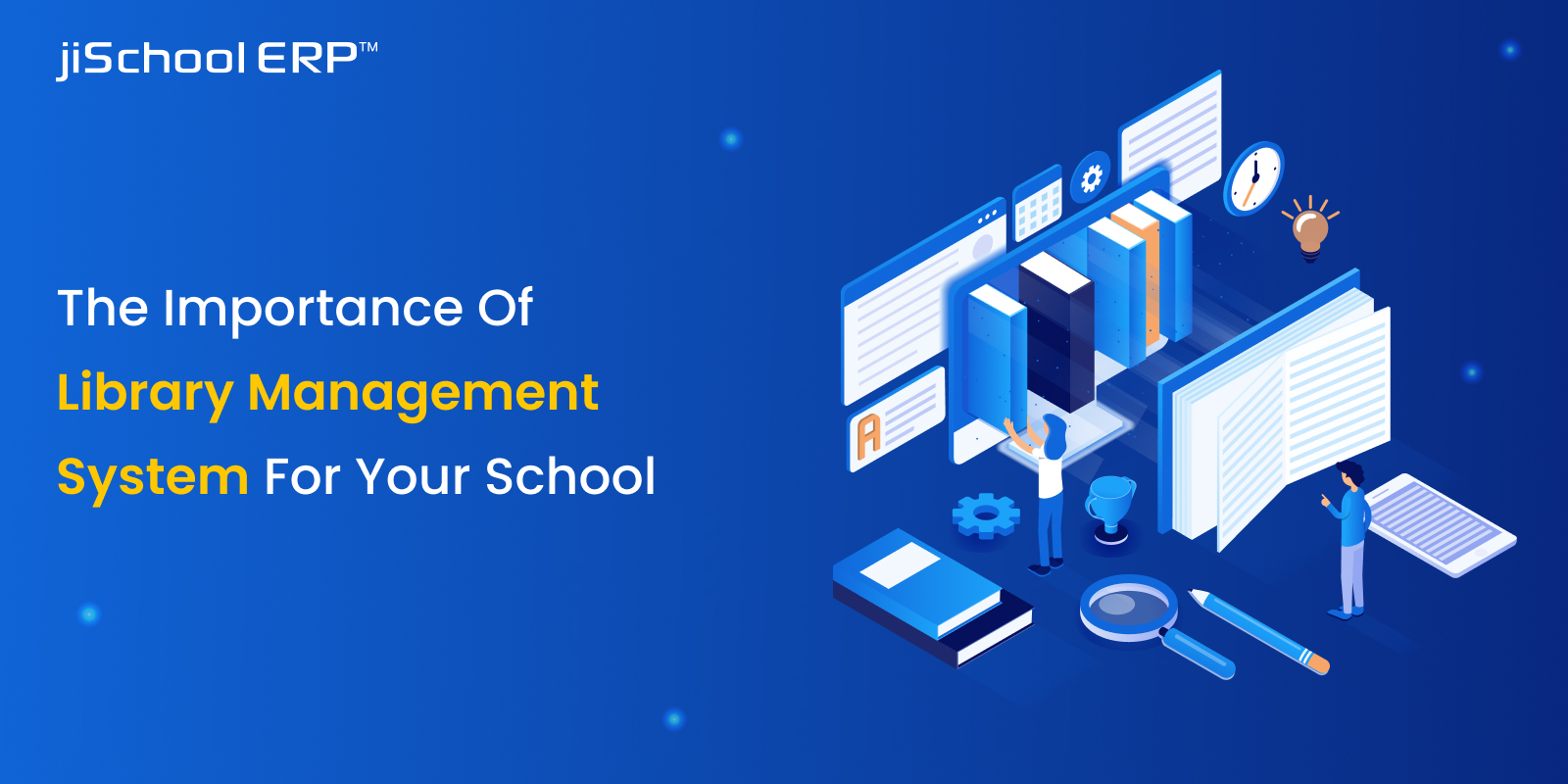


Share this post on: